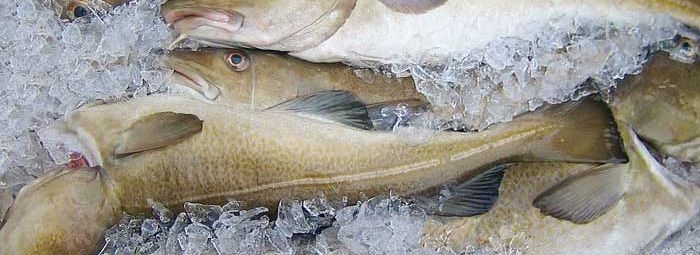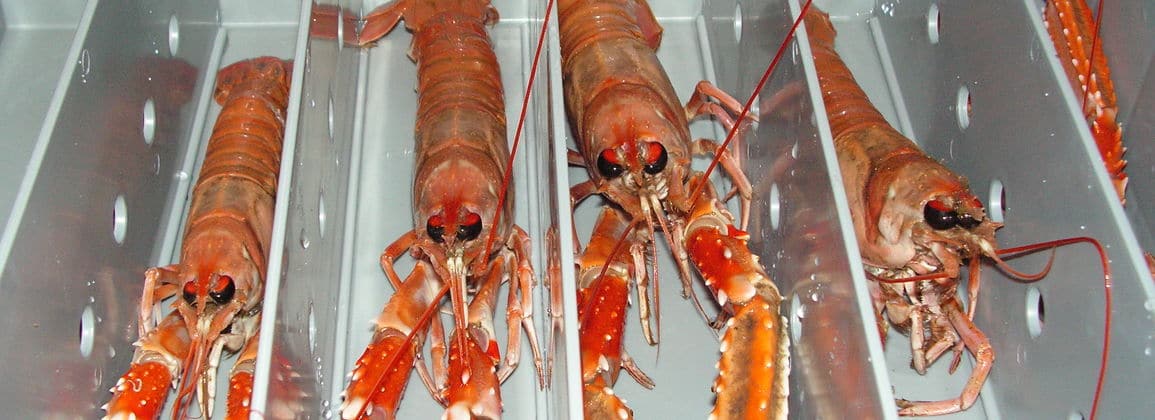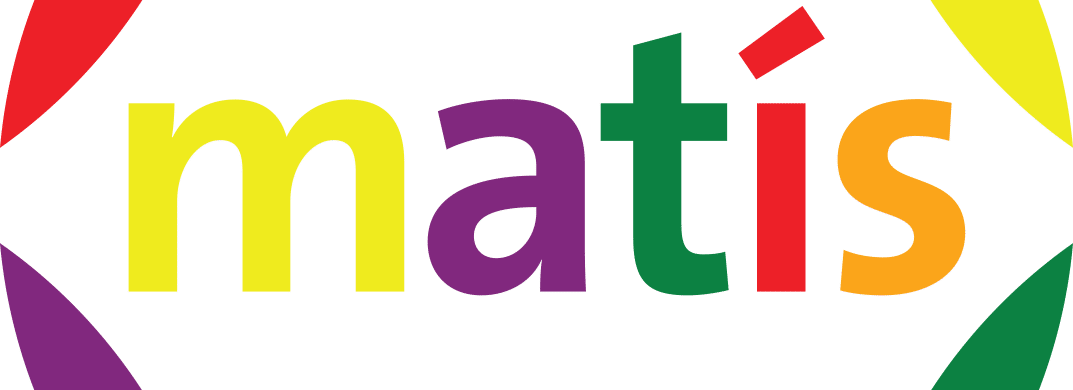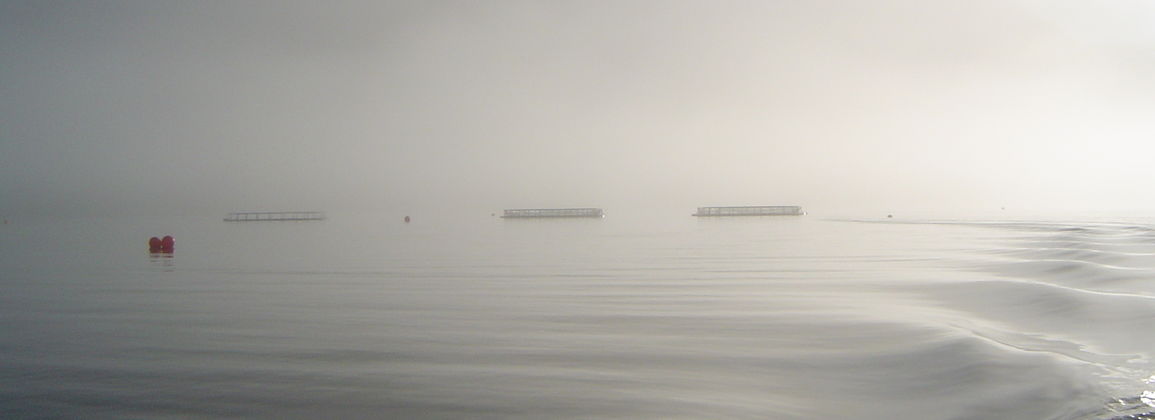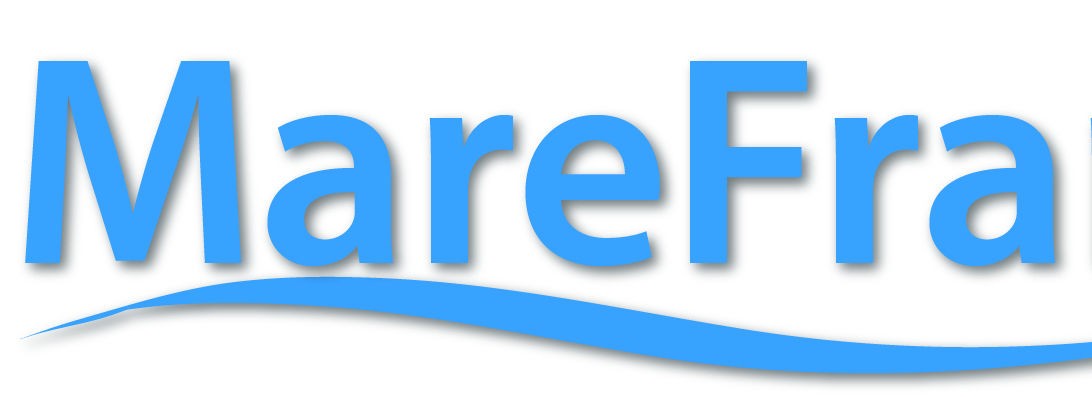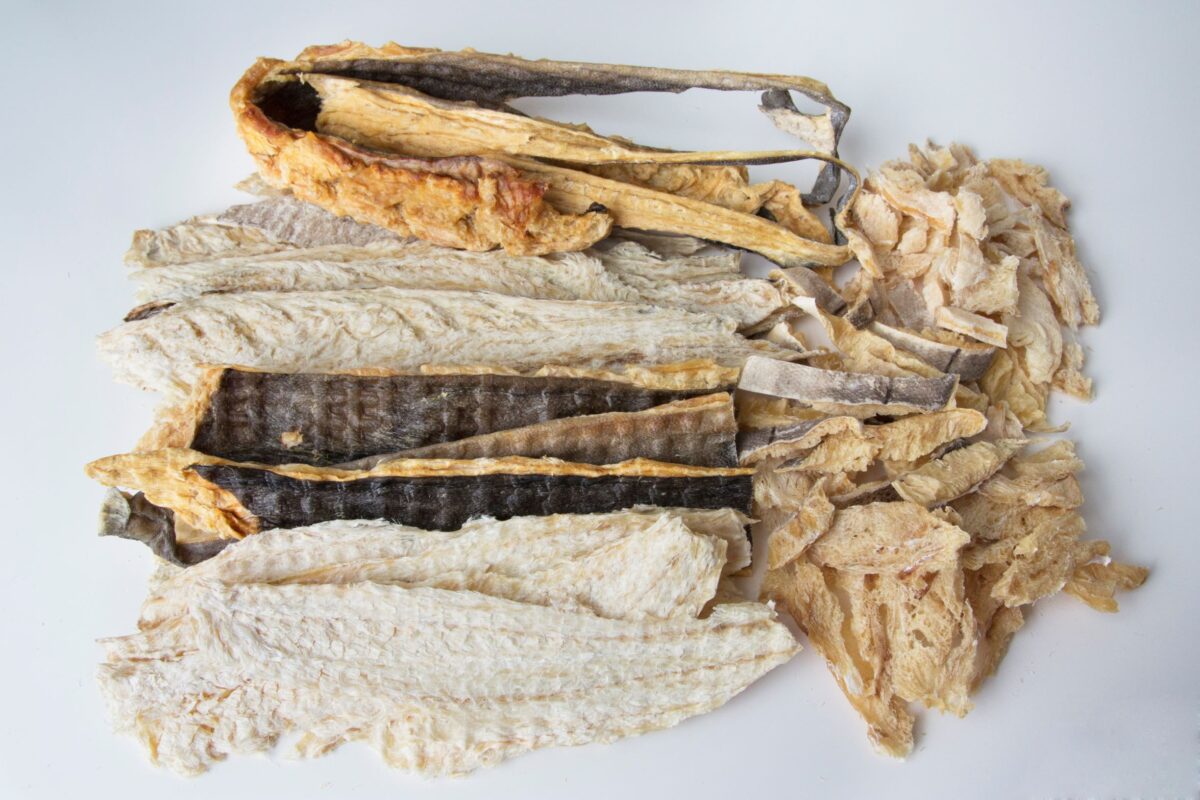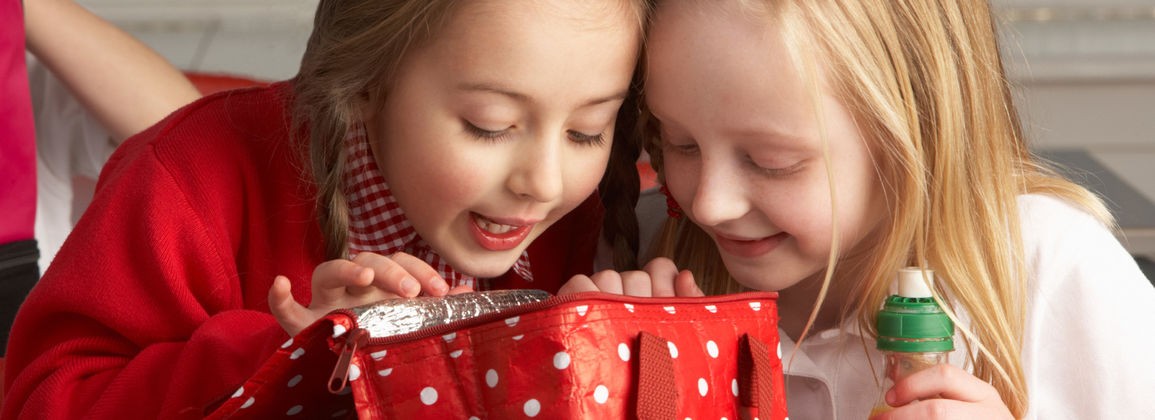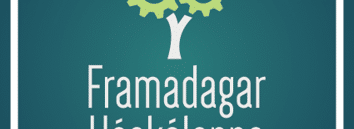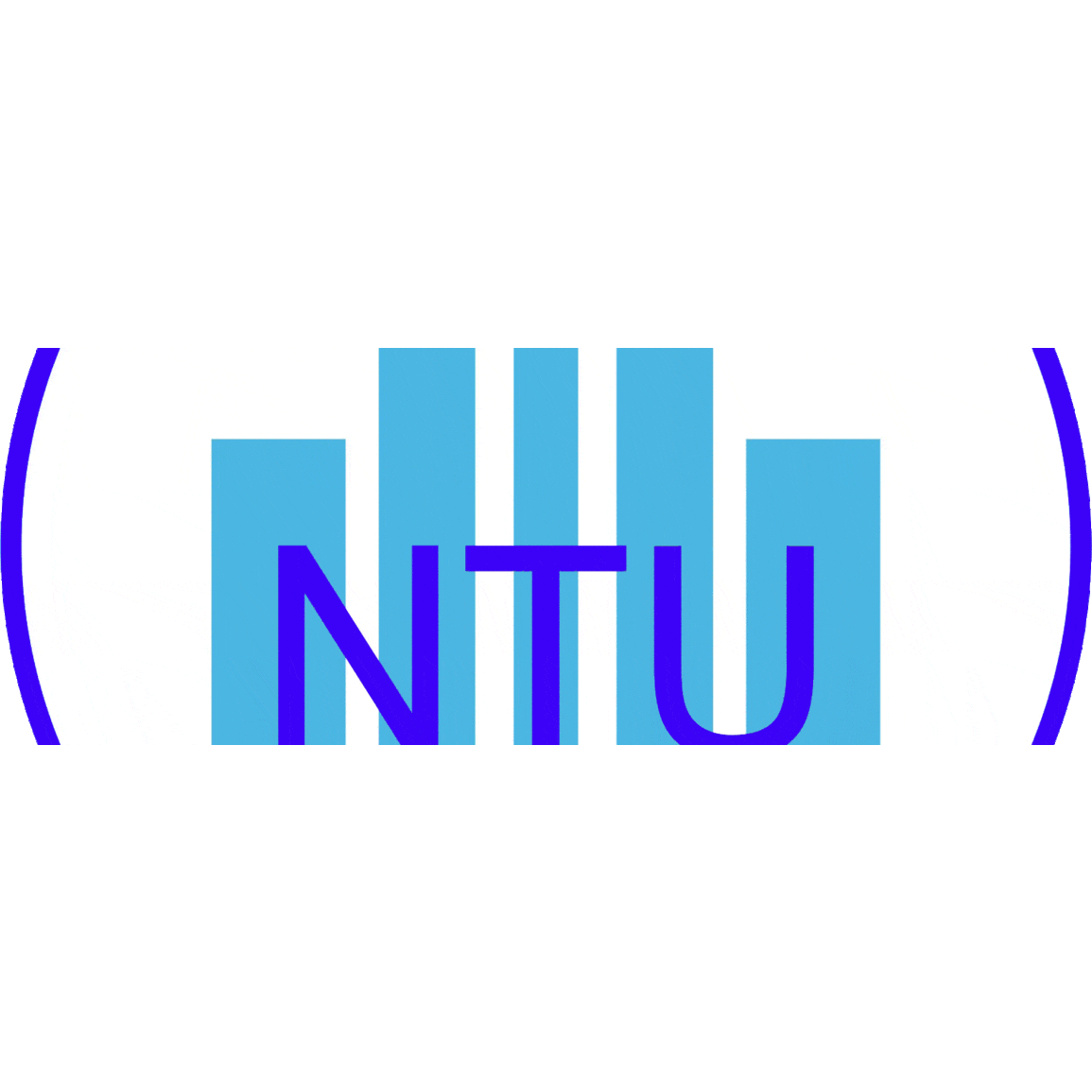The main objective of the project Simulation of cooling processes - thermodynamic simulation of processing and transport processes, which began in June 2008, was to improve procedures and equipment for processing and transport of marine products.
Cooling of fresh fish supplemented with heat transfer models
The project used process analysis, experiments and computerized thermal and hydrological models to achieve the set goals. The consequences of improved temperature control in processing and transport processes are increased quality, stability and safety, which at the same time increase the value of the product. Partners in the project were Matís, the University of Iceland, Promens Tempra, Eimskip Ísland, Samherji, Brim (ÚA), Festi and Eskja.
Examples of the project's products are heat transfer models of fresh fish products in a foam box, which make it possible to predict fish temperatures based on environmental temperature history. Heat transfer models were used to redesign the Promens Tempra 3, 5 and 7 kg foam boxes with a minimum of the highest fish temperature in the boxes under the target heat load. Experiments confirmed the superiority of the new boxes over traditional box types, both in terms of temperature control and product quality under heat load. The new round foam boxes have replaced the older types of Promens Tempra foam boxes (see Figure 1) and have thus increased the competitiveness of Icelandic fresh fish products, especially those transported by air. The results of another experiment show that the shelf life of fresh fish fillets in corner boxes of whole pallets in the air transport chain can be about 1 - 1.5 days shorter than fillets in boxes in the middle of the pallet stack. Heat distribution in different cooling chains was mapped and special emphasis was placed on pre-cooling fillets for packing and heat distribution in different types of cooling containers with different loading patterns. The results of the project have not only benefited air transport chains, but they have also further contributed to increased possibilities for the safe transport of fresh fish products by ship.


For further information Arnljótur Bjarki Bergsson, Head of Resources and Products.

